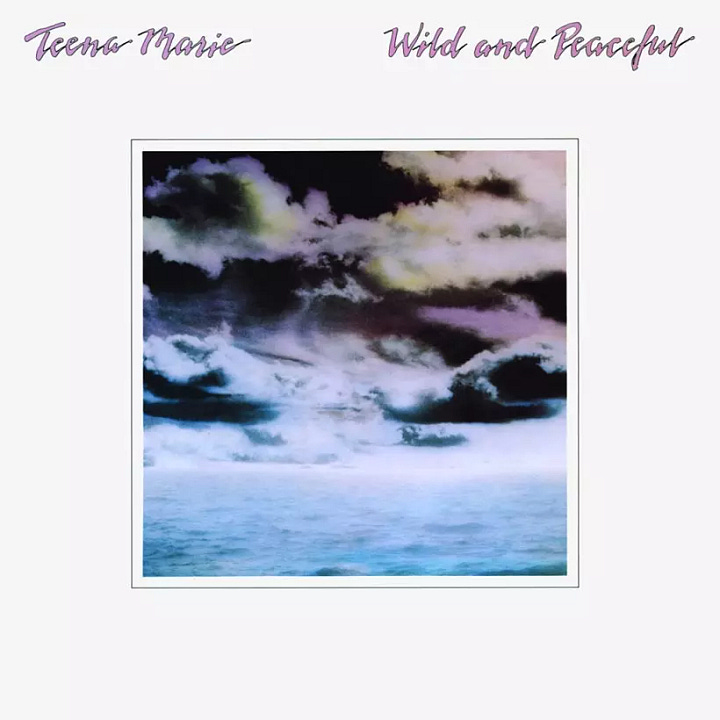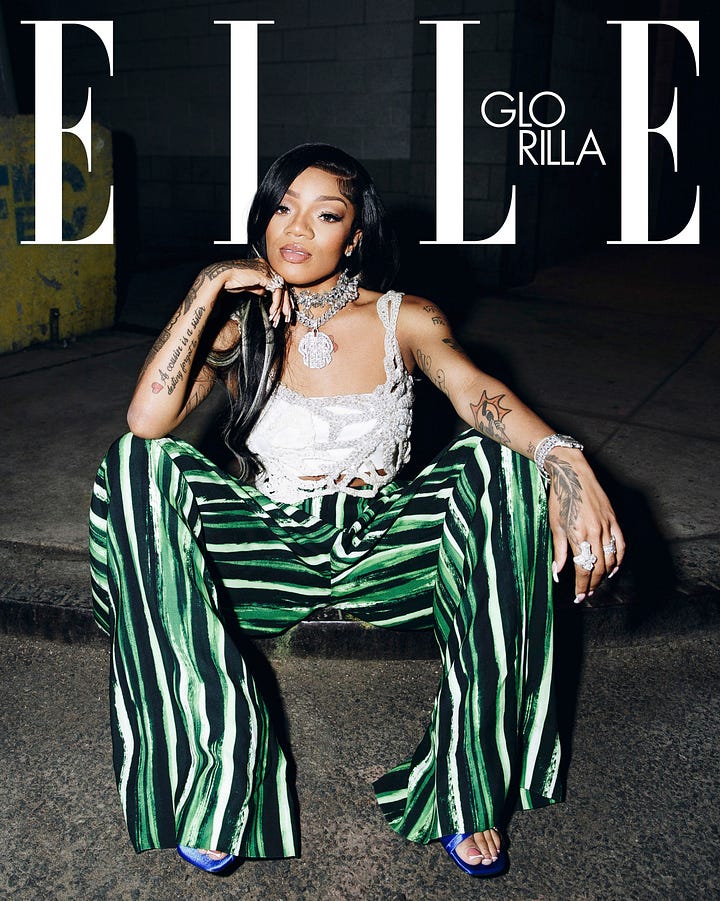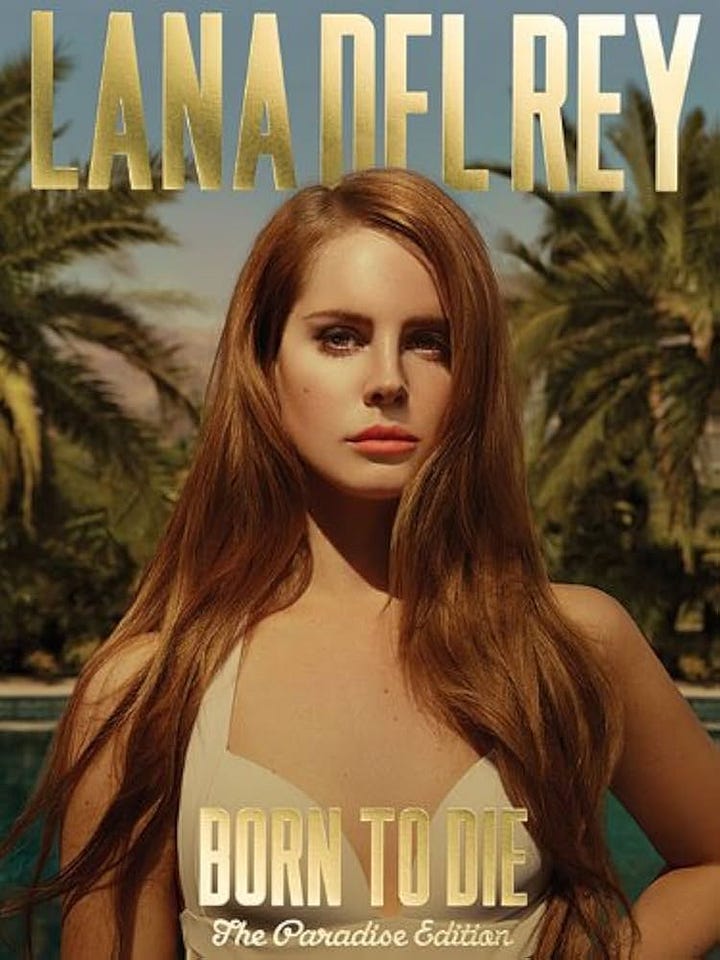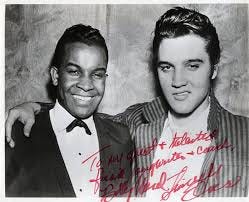The Marketing Of Race In Music: What They Never Told You
This topic might hit close to home, especially as we’ll be reflecting on some of your old-school 80s and 90s favourites.
Settle In. This one’s juicy.
Let’s get into the often uncomfortable (for some) intersection of race, marketing, and identity in the music industry.
This topic might hit close to home, especially as i’ll be reflecting on some of your old-school 80s and 90s favourites.
Before TikTok and the rise of streaming, the way we consumed music was dramatically different. There was a whole marketing strategy that deliberately used visual aesthetics, sonic styles, and, let’s be honest, some questionable tactics to shape how we viewed music and artists.
And today we’re going to talk about it.
Race and ambiguity in music: A historical context
Take Teena Marie, for example, who described herself as “I’m a Black artist with White skin” in an interview with Essence.
She had this vibrant soprano voice, and her style was marketed as “Black-inspired,” despite her being white.
Her debut album Wild and Peaceful came out in 1979, but here’s the thing: her image was nowhere to be found on the cover. The result? A lot of people assumed she was Black, mainly due to her Motown vibes and collaboration with legend Rick James.


You might think, well, that’s nobody’s fault that people made assumptions, but the reality is a lot of this was strategic.
Her vocal style was deeply inspired by Black artists like Aretha Franklin and Gladys Knight, which resonated with R&B and soul audiences. Without the internet as it is now, and with not everyone able to afford a television, most people depended on the radio and therefore would have had no idea what she looked like unless stated otherwise.
Bear with me here. I’m getting to the point, and why this is relevant in the world of brand positioning.
P.S. Teena did address this a few years ago in an interview...
Now, let’s talk about Elvis Presley. I know, hear me out.
Elvis is referred to as the "King of Rock and Roll," and while I don’t want to take away from his talent, much of his career involved adapting R&B and gospel sounds (originally rooted in Black music) into a style more palatable to white audiences. It’s not about saying he shouldn’t have sung these genres, but it’s about the idea of appropriating "Black music" and not giving credit where it’s due.
Producers often gave him co-writing credits for songs he didn’t write - tea that you can read here.
These examples highlight how the music industry has historically used racial ambiguity and cultural appropriation to shape narratives and appeal to wider audiences, often to the detriment of Black artists who originally created these genres.
In short, they wanted commercial success and felt this was the best way.
But, I digress.
Bringing it back to today
Let’s bring it back to today and explore how this topic is still relevant in modern brand strategy.
I think, in the past, genres did reinforce divides, but now we live in such an eclectic society where people are multi-dimensional. Music isn’t just one genre anymore.
The internet has allowed people to embrace different passions. Music is now less about genre and more about personal taste. For example, in TV ads, you’ll hear people switching from pop to rap depending on their mood. It’s all about how people use music in different contexts.
Lana Del Rey on the train to work and Glorilla on the way back.
The thing is, artists are no longer bound by one genre, and neither are consumers when it comes to choosing what resonates with them at any given moment. In fact, consumers are becoming more attuned to the complexities and contradictions within music and brands.


Because of this knowledge, they now want more than just catchy slogans or curated personas, they seek authenticity and a deeper connection with the brands they engage with.
And that means knowing the people behind the music.
What this means for brands today
So, what does all this mean for brand strategy today?
Brands (musicians too) can no longer get away with presenting a surface-level image without substance. Just like how we see the evolution of hip hop and the complexities of race in music, the future of brand strategy is shifting toward inclusivity, honesty, and meaningful storytelling.
Brands can no longer hide behind ambiguous identities or empty marketing slogans. They need to be clear about their values and authentic in their approach to diversity and inclusion. If your brand isn't embracing diversity, not just racially but culturally, socially, and even creatively, you’re at risk of being seen as irrelevant. This doesn’t mean jumping on every trend or just checking boxes, but truly understanding how your brand fits into the larger cultural conversation.
For founders, marketers, and strategists…the new standard for brands is no longer about just selling a product. It’s about telling a story that aligns with your audience’s values and reflects a deep understanding of the societal shifts around race, identity, and culture.
The question every brand should be asking is: How can we create a connection with our consumers that goes beyond just the transaction? (send me your thoughts/comment!)
Until next time, keep listening, keep learning, and keep evolving.
And make sure you digress often. Curiosity is key to winning in this game.
Charlotte,
For those who missed last week’s edition check it out here:







Interesting! Curious to get your thoughts on influencers “copying” each other. I saw this case of two influencers taking each other to court…with so much content being produced daily how can you be sure someone copied you and how do you really prove it.